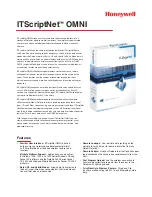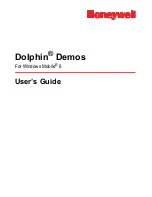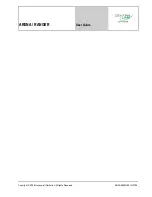
EPSON Stylus Pro 4400/4450/4800/4880/4880C
Revision C
Product Description
Operating Panel
38
1.4.2.2 Paper Type Icon Display
The paper type which is recognized automatically when setting the paper and
is set by paper select switch are displayed on LCD.
1.4.2.3 PG Setting Display
Display panel PG setting status on 5th character counting from left of lower
line.
When PG setting = WIDE or WIDER or WIDEST, "H" is displayed.
When PG setting = NARROW, "S" is displayed.
1.4.2.4 Ink Remaining Indicator Display
Ink remaining indicator is displayed at the lower line of LCD panel.
LCD display item and LCD panel display position
Note *:
A 4-color model displays 4 types of cartridges only, blanking form 7 to 10 rows.
Ink remaining display
Note *1: Available quantity is displayed for the maintenance tank.
*2: Blinks only for corresponding cartridge(s).
1.4.2.5 Suction Adjustment and Indicator Display
Users can adjust paper suction to set paper easily, only when paper set lever is
released, and paper is detected with paper sensor (rear) or PE sensor. At that
time, followings are displayed on the LCD panel.
LCD Display
Suction indicator (3 levels): 14th character counting from left of lower
line.
Up/down mark (
):
15th character counting from left of lower
line.
Paper type
LCD
Roll paper auto cut ON
Roll paper auto cut OFF
Cut sheet
Vivid Magenta or Magenta
Yellow
Photo Black or Matte Black
Light Cyan or Cyan
Vivid Light Magenta or Light Magenta or Magenta
Light Black or Matte Black
Matte Black
Cyan
Maintenance tank
Remaining Ink
*1
LCD
100 ~ 81% remained
80 ~ 61% remained
60 ~ 41% remained
40 ~ 21% remained
20% remained ~ just before near end
*2
Near end
*2
Ink out
Cartridge error and no cartridge
*2
Suction
LCD
High
100%
Middle
60%
Low
0%
C H E C K
P O I N T
Rewinding paper until it reaches to horizontal guideline of
roll paper pull up when setting roll paper, making vacuum
intensity to maximum value will make paper set properly.
Summary of Contents for Stylus Pro 4800 Portrait Edition
Page 9: ...C H A P T E R 1 PRODUCTDESCRIPTION ...
Page 113: ...C H A P T E R 2 OPERATINGPRINCIPLES ...
Page 156: ...C H A P T E R 3 TROUBLESHOOTING ...
Page 200: ...C H A P T E R 4 DISASSEMBLY ASSEMBLY ...
Page 366: ...C H A P T E R 5 ADJUSTMENT ...
Page 448: ...C H A P T E R 6 MAINTENANCE ...
Page 457: ...C H A P T E R 7 APPENDIX ...
















































